Cauliflower Companion Planting: The Ultimate Guide
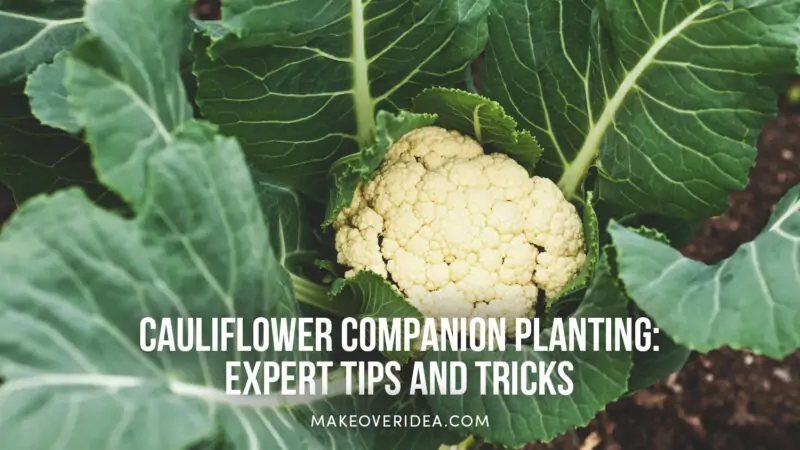
Your vegetable garden can be transformed using cauliflower companion planting, which results in healthier vegetables, fewer pests, and higher harvests. In this post, we’ll discuss the advantages of this agricultural technique and provide you with a detailed guide on picking the best cauliflower companion plants.
The Advantages of Growing Plants Together
Growing various species together to develop a beneficial interaction is known as companion planting. This technique can enhance soil nutrient absorption, draw in helpful insects, and keep pests away. Some companions can provide certain benefits and foster a productive garden environment.
How Crucial Is Companion Planting?
Because it can lessen the need for chemical garden interventions like pesticides and fertilizers, this agricultural technique is really important. Moreover, it can increase the fertility and health of the soil, promoting better development and greater yields. Such an approach can also make a garden more aesthetically pleasing and biodiverse, which is beneficial for the environment.

The Benefits of Companion Planting for Cauliflower
This approach can provide several advantages, such as:
- Control of cauliflower pests: Certain vegetables, herbs, and flowers can keep the white cabbage moth, as well as other insects (aphids and whiteflies) that harm this vegetable, away.
- Beneficial insect attraction: Use companions to attract beneficial insects like pollinators, which can help boost harvests and naturally reduce harmful insects.
- Increased nutrient uptake: Certain vegetables and flowers can help balance out the soil’s nutrient levels, which will result in more robust and healthier cauliflower heads.
Good Companion Plants to Grow with Cauliflower
It’s crucial to choose good companion vegetables and flowers to grow near cauliflower that will promote the overall growth and health of your vegetable patch. Here are a few top choices for you to think about.
Brassicas: Brussels sprouts, broccoli, kale, turnips
Other plants in the brassica family (cabbages) are great companions for cauliflower: using them together can be advantageous because they have similar growing requirements and can help deter pests. Broccoli, white cabbage, kale, turnips, and Brussels sprouts will be good choices. All of them contain glucosinolates, which can help deter pests like cabbage moths and aphids, according to Dr. Linda Chalker-Scott, an associate professor of horticulture at Washington State University (Source: The Informed Gardener, 2008).
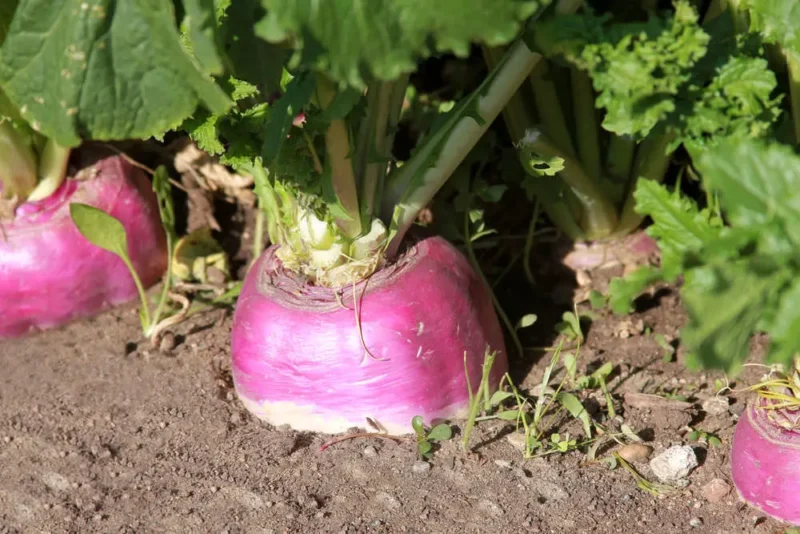
Lettuce, celery, beets, and spinach
Because they are low-growing and have shallow roots, celery, beets, spinach, and lettuce will be an ideal choice because they can help retain soil moisture and function as living mulch. Also, when interplanted with cauliflower, they are less likely to fight for nutrients.
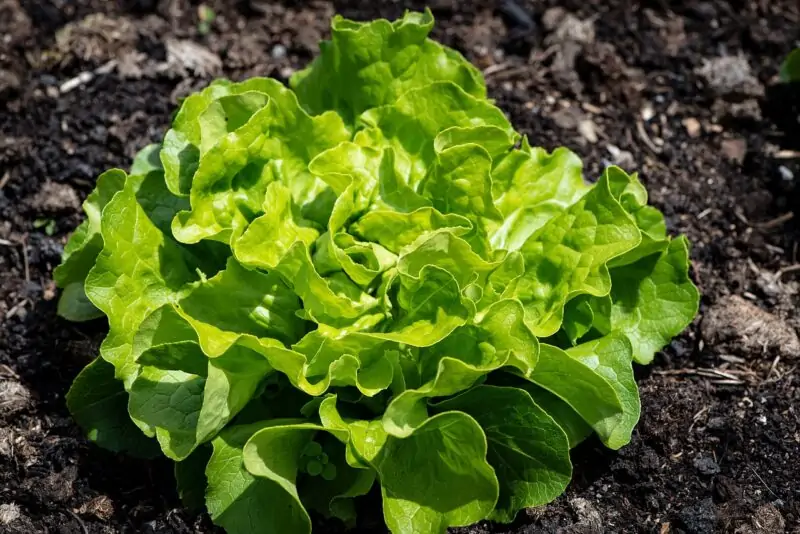
Sage, rosemary, thyme, dill, mint, and similar herbs.
Due to their potent aromas, herbs like sage, rosemary, thyme, dill, and mint can help keep harmful insects away: they are a perfect choice of companion plants for vegetables like cauliflower. Some herbs can also attract pollinators and other advantageous insects, which can help deter pest populations. According to a study from the University of California, Davis, intercropping herbs like dill and coriander may draw hoverflies, a predatory insect that preys on aphids (Source: “Enhancing Biological Control,” 1998).
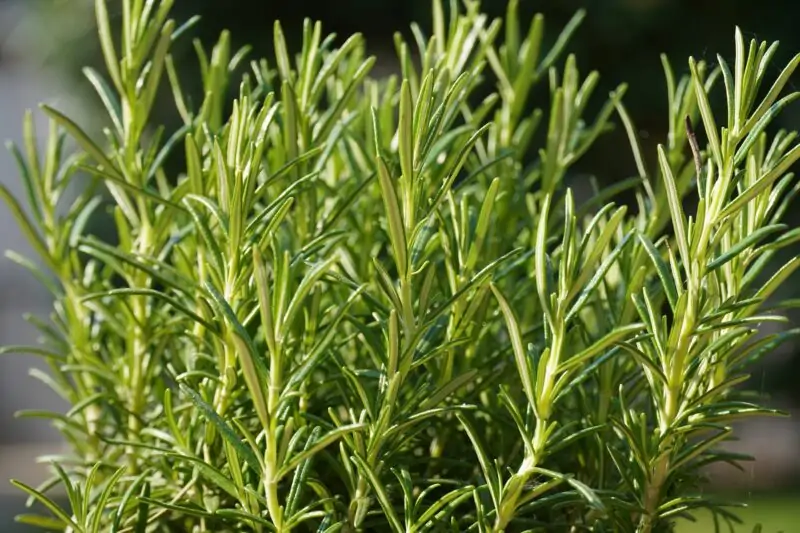
Radishes, potatoes, chamomile, onions, garlic, marigolds, and nasturtiums.
While chamomile can draw beneficial insects and enhance the flavor of neighboring vegetables, potatoes can help keep cabbage worms at bay. Marigolds, nasturtiums, and geraniums can act as trap crops, drawing harmful bugs away from your cauliflower. Garlic and onions also emit substances that can repel pests. Radishes are known to repel several species of insects that affect brassicas and can act as a trap crop for flea beetles that feed on cauliflower. Generally, flowers are an ideal ground cover and very good companions for cauliflower.
Unsuitable Companions for Cauliflower
Some choices are downright bad for your market garden: avoid planting vegetables we list below as they compete for nutrients in the soil, might not grow well together, or even attract harmful pests like cabbage moths.
Cucumber, corn, and strawberries
Cucumbers, strawberries, and corn do not grow well with cauliflower because they can fight for nutrients and water, which can ultimately stunt the growth and output of all your vegetables. Strawberries could also draw insects like slugs and snails, which can do a lot of harm.
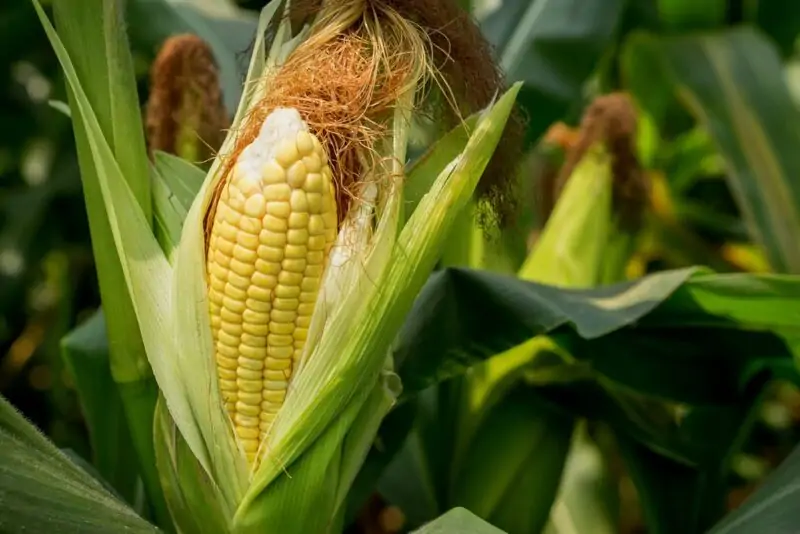
Beans, squash, pepper, and tomatoes
Avoid planting near cauliflower, such partners as beans, peppers, tomatoes, or squashes. All these vegetables may compete with cauliflower for resources and attract insects that can harm this vegetable.
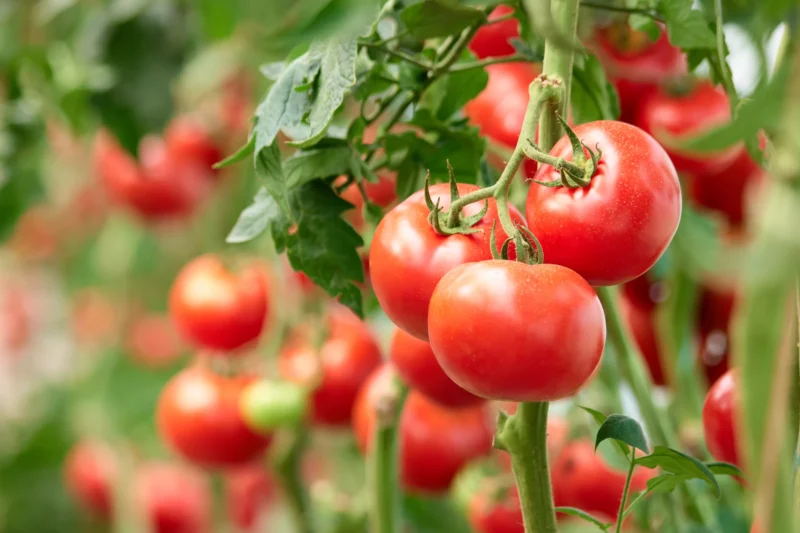
Suggestions for Your Vegetable Garden
It’s crucial to take into account a number of aspects, including spacing, soil preparation, and insect control, to maximize the benefits of using partners.
Growing conditions and spacing
Every experienced gardener knows that proper spacing is absolutely essential. Make sure to leave enough distance between the vegetables you have chosen to grow so that there is ample room for development, air movement, and sunlight. Also, creating an ideal growing environment for your vegetable patch, such as total sun exposure and well-draining soil, can assist in assuring your success.
Fertilization and soil preparation
Compost and organic matter should be added to the soil to prepare it for such a heavy feeder as cauliflower. This can assist in enhancing the structure and fertility of the soil, giving your veggies a better environment to flourish. As a strong feeder, cauliflower may benefit from the addition of a slow-release organic fertilizer, particularly one high in nitrogen, to encourage healthy growth.
Management of insects and diseases
The natural insect and disease control provided by partner vegetables and flowers is one of the main advantages of this growing technique. Keep a watch on your vegetable patches, though, and take prompt action if you spot any symptoms of illness or infestation. Check your veggies frequently for pests and illnesses, get rid of any diseased portions, and use organic pest management techniques as needed. Crop rotation and encouraging beneficial insects can both contribute to a healthy garden environment.
Commonly Asked Questions About Cauliflower Partners
Consider partners that have complementary growth tendencies to ward off pests, draw beneficial insects, and enhance soil health when selecting companions for your cauliflower plant. Brassicas, celery, beets, spinach, lettuce, aromatic herbs, and a number of flowers, including marigolds and nasturtiums, are a few examples. Flowers attract beneficial insects, and you can easily place them around your cauliflower.
Absolutely! You successfully use other partners that aren’t included in this manual: for example, aromatic flowers attract bees, which makes them an ideal choice. To prevent any adverse impacts on growth, pest control, or nutrient availability, examining the compatibility of the partners you wish to cultivate together is crucial.
Depending on your environment and the particular partners you wish to use, you should decide when to plant cauliflower and its companions. The early spring or late summer are good times to start growing cauliflower for a harvest in the fall. Starting growing the partners you have chosen should be done by each one’s unique growing needs and preferences.
These partners may compete for nutrients or draw pests, so do not put this vegetable close to beans, strawberries, maize, cucumbers, squash, peppers, or tomatoes.
Conclusion
Cauliflower companion planting is a useful gardening method that supports healthier vegetables, higher yields, and a more sustainable garden. Now you know the best and worst cauliflower companions: increase the general well-being and output of your garden by selecting the appropriate partners, such as brassicas, flavorful herbs, and different flowers. Always check exactly what companion is good to grow with your cauliflower and broccoli. Avoid growing it close to vegetables or flowers that could compete for resources or attract pests. You can have a thriving and abundant vegetable garden if you choose the appropriate friends and take the correct care of it.